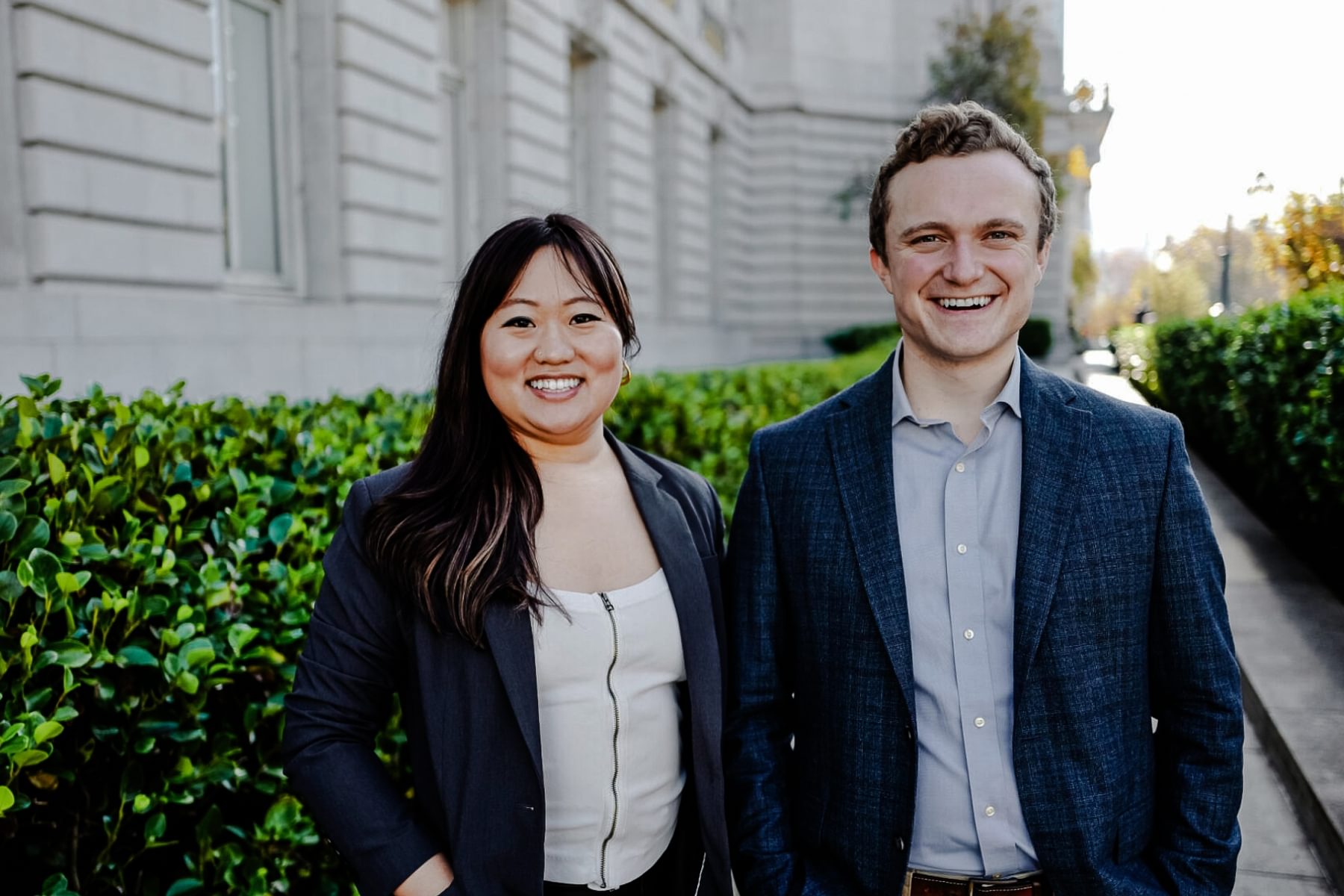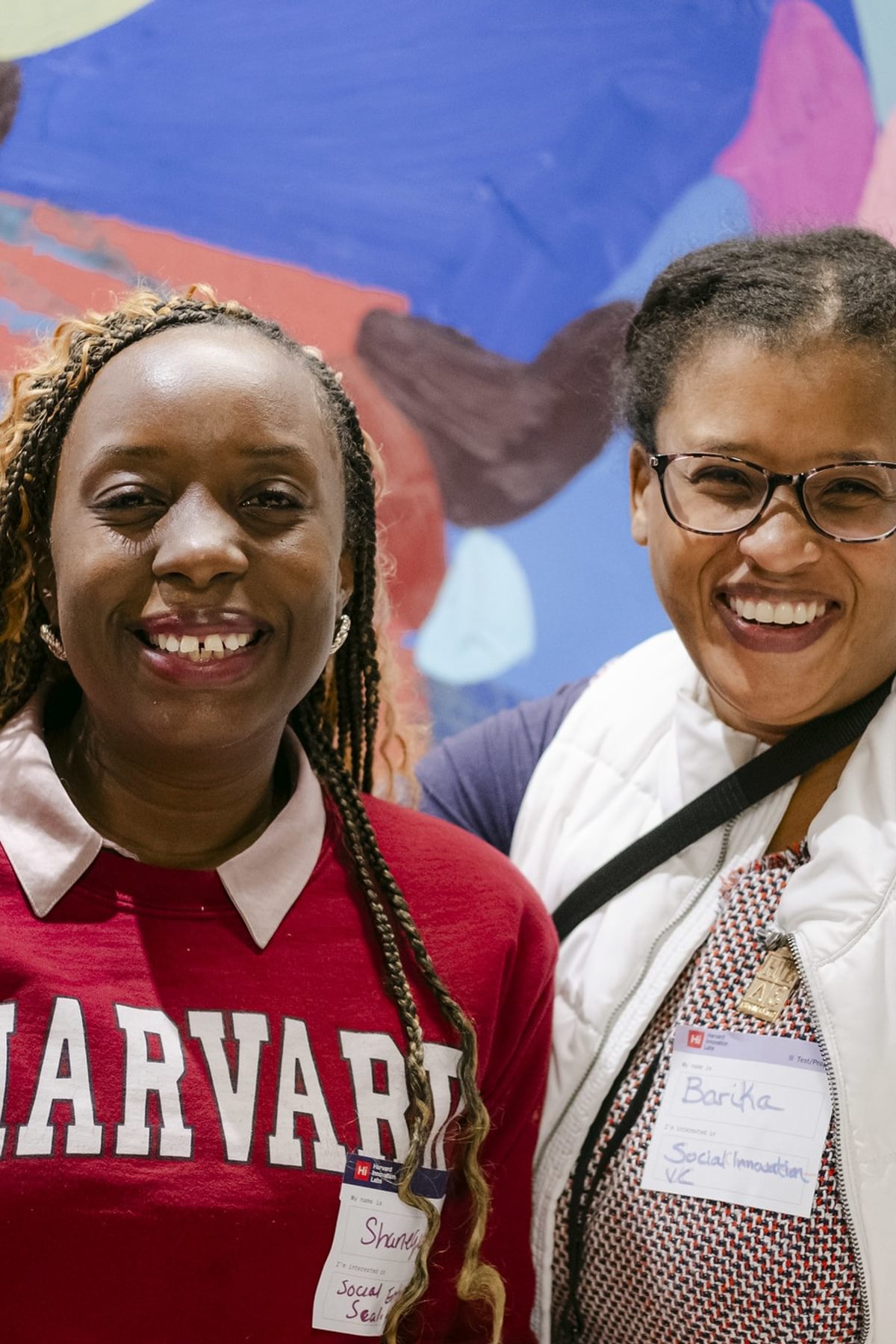The Harvard Innovation Labs has selected 23 ventures to join the third annual Harvard Climate Entrepreneurs Circle, an incubation program for high-potential ventures working to address climate change.
Since launching in 2021, The Harvard Climate Entrepreneurs Circle has incubated more than 65 ventures founded by Harvard students and alumni that are actively uncovering new, unexpected ways to take on climate change. Climate Circle participants have access to world-class 1:1 coaching, pro bono legal counsel, warm connections to industry leaders, negotiation support, and a peer group of ventures working on innovative solutions to tackle climate change. The program is spearheaded by the Harvard Innovation Labs, Harvard Business School’s Business and Environment Initiative, and Harvard Alumni for Climate and the Environment.
“From using insects to address food waste, to reimagining coastal barriers for flooding, this year’s Climate Circle cohort is working on an incredible range of climate solutions,” said Rebekah Emanuel, senior advisor for social impact at the Harvard Innovation Labs, and chair of the Harvard Climate Circle. “What impresses me most about this year’s cohort is not just the creativity of the ideas, but the resourcefulness of the entrepreneurs who are turning these ideas into real-world products that have the potential to impact billions of people globally.”
Members of the 2023 Harvard Climate Circle include:
- Beam (HKS ‘24): Providing personalized comfort through targeted, high-efficiency, and all-electric individualized heating. Beam heats people directly as opposed to heating entire spaces.
- Bright Feeds (HBS ‘01): Pioneering a new pathway to combat climate change and address global food insecurity challenges through innovations in waste management. Bright Feeds helps companies meet their sustainability goals and increase profit margins by turning food waste into high-quality nutritious animal feed.
- Cloud Forest Organics (HBS ‘91): Building an R&D venture in Ecuador’s Andean Amazon, where deforested lands are being converted back into cloud forest, one of the earth’s most endangered biomes. By prioritizing cloud forest super foods and monitoring wildlife response, Cloud Forest Organics develops measurable and sustainable ways to combat climate change and restore biodiversity.
- Coastal Protection Solutions, Inc. (GSD ‘23): Specializing in easily deployable systems to help at-risk coastal communities protect themselves from the effects of climate change, storm surge, and sea-level rise.
- Coolant (College ‘22): Building software for carbon project developers to decide where to plant mangrove trees for maximum carbon sequestration.
- DetoXyFi (HKS ‘23): Increasing access to clean drinking water when it’s needed most. DetoXyFi converts waste wood into affordable, sustainable, and highly effective drinking water filters for household use and disaster relief, using a patent-pending chemical process.
- EarthAcre (HKS ‘11): Connecting technology with Indigenous communities for climate and biodiversity solutions. EarthAcre uses peer-reviewed science to monitor ecosystem health at scale, using drones and audio recordings of animal noises and advanced technology to help indigenous and smallholder landowners to get paid for the carbon and biodiversity assets on their land.
- Earthbond (HBS ‘23): Connecting urban Africans with financing for clean, reliable energy. Earthbond leverages carbon accounting and group financing to save money and lower risk.
- ETCHED (HSPH ‘22): Creating next-generation fine art paper that does not buckle or bleed, and is infinitely recyclable. Compared to traditional paper, ETCHED’s stone paper uses 85% less energy, 60% less CO2, zero water, and zero trees.
- Firn (HLS ‘17): Investments in clean assets have traditionally been too big or off-limits for main street investors. Firn’s technology opens the door to smaller dollar investors by fractionalizing investments in clean energy with a sleek user experience that shows each user their avoided carbon emissions.
- Grensol (HBS ‘07): Making car recycling more sustainable by recovering high-value metals and energy from recyclers’ waste that would otherwise have gone to landfills or incinerators.
- Madad (HES ‘22): Developing low-cost automated weather stations and AI models to predict avalanches and alert communities at risk.
- Mitti Labs (HBS ‘23): Estimating the GHG impact from regenerative farming of rice using satellite imagery and biogeochemical models. Mitti Labs allows farmers to access the carbon offset markets.
- OCOchem (HBS ‘97): For companies trying to reduce the carbon intensity of their process or products, OCOchem converts their captured CO2 into a green molecule (formic acid) to store and transport green hydrogen.
- Outspoken Narrative (College ‘26): A student-run film studio crafting hopeful and resonant climate documentaries that tell stories straight from the ground to advocate for the next generation of change.
- Plastimber (HES ‘21): Developing a board made from recycled materials that is inherently waterproof and can be used 50x more than traditional plywood for poured concrete.
- Polyose Bio (HBS ‘23): Keeping food waste out of landfills by upcycling it into high-value sugar polymers using a combination of insects and microbial cell factories.
- Sage (HBS ‘23): A climate finance platform enabling homeowners, lenders, and real estate investors to identify opportunities, estimate cost and impact, and track outcomes of green residential projects.
- SUPER® (HES): Empowering businesses to eliminate single-use plastics through a tiered certification program.
- TerraFirma Software (GSD ‘18): A software company modeling climate risks using geospatial datasets. TerraFirma Software is the Google Maps of environmental risks — empowering users to visualize flooding, coastal erosion, landslides, and wind-related risks.
- Vulcan Elements (HBS ‘24): Building the first low-carbon emission, commercial-scale rare-earth magnet manufacturing facility in North America. Vulcan Elements’ goal is to create the critical magnets that will electrify highways, power offshore wind turbines, and allow the U.S. to build the key military capabilities that keep communities safe.







